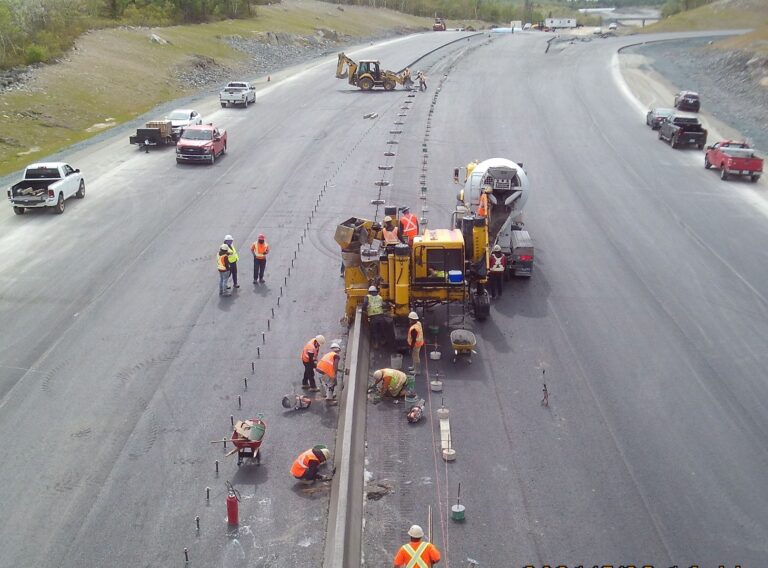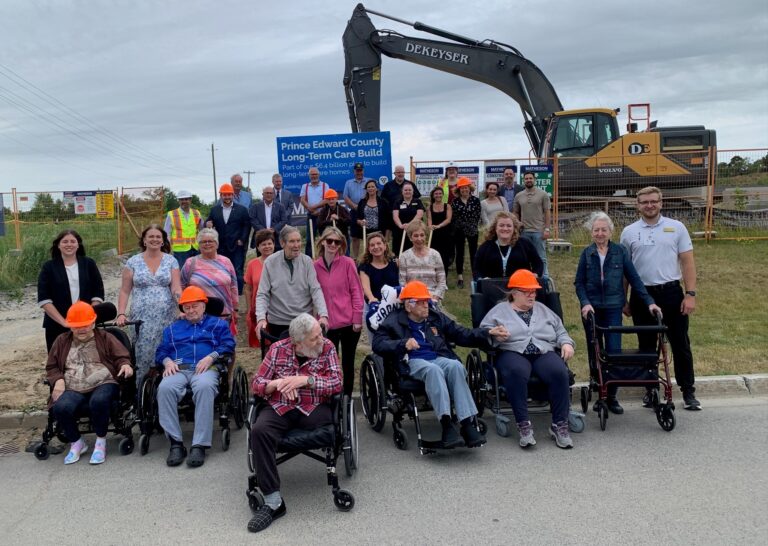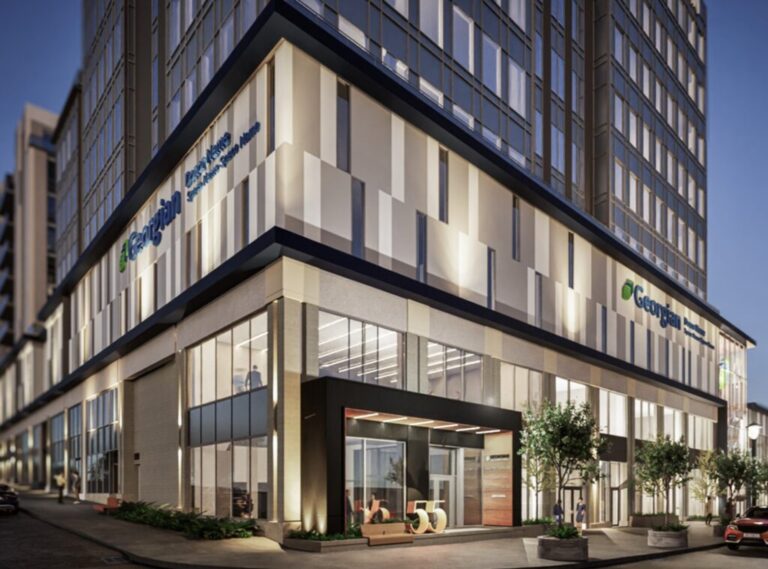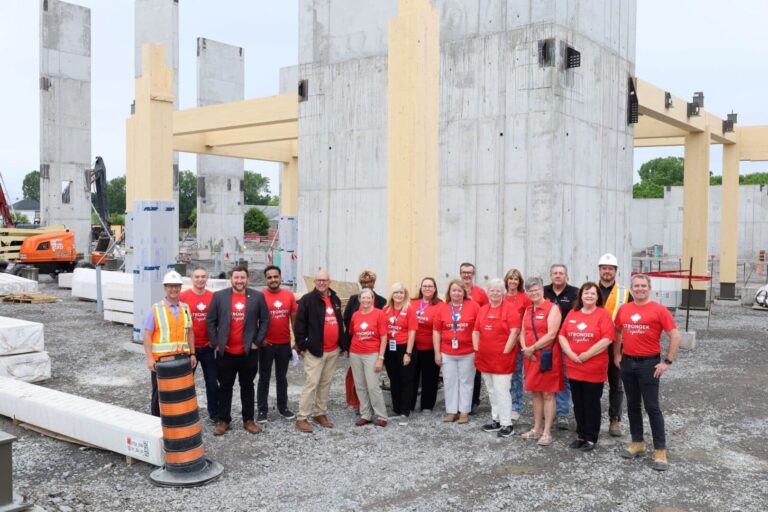A new report by the Toronto Region Board of Trade titled “The Price of Progress: Enabling the Delivery of Critical Transit Infrastructure”, digs into international transit case studies to uncover best practice recommendations.
The report highlights that the average cost per kilometer of transit infrastructure in Toronto from the mid-1970’s to the mid-1990’s held steady at approximately $103M/km (in 2023 dollars). However, beginning in the 2000s, costs began to accelerate.
The Sheppard subway, completed in 2002, marked a sharp turning point, more than doubling the cost per kilometer to $234M/km. The next subway expansion project, the TTC’s six-stop extension of the Line 1 Yonge-University subway into York Region, continued the trend – ultimately costing $443M/km and delivered several years behind schedule.
Currently, Toronto region transit infrastructure projects average over $700M/km. This is similar to other North American cities like Los Angeles and San Francisco with costs ranging from $680M to $780M/km, but significantly higher than the $100M/km to $300M/km seen in global cities like Paris and Madrid.
“We need to build a huge amount of new transit infrastructure, which will require learning how to be more efficient in order to maintain public confidence,” said Giles Gherson, president and CEO of the Toronto Region Board of Trade. “We must create the conditions for more effective planning and delivery. The status quo is damaging our city’s livability, business competitiveness, and prolonging the congestion crisis.”
The report provides five recommendations to ensure transit infrastructure is built more quickly and at a lower cost. These include adopting new cost-effective practices (such as modular design and construction); strengthening governance, and decision-making structures through clearer roles and responsibilities, and committing to a long-term infrastructure and implementation plan.
This report is the fourth in a series, providing actionable recommendations to address transportation challenges.
Featured image: (Metrolinx)











